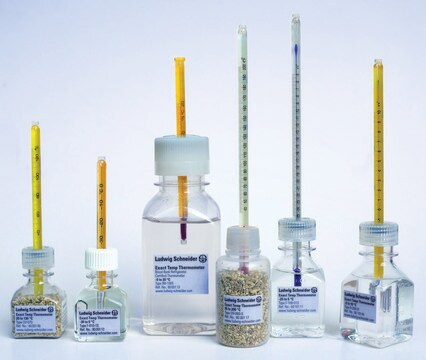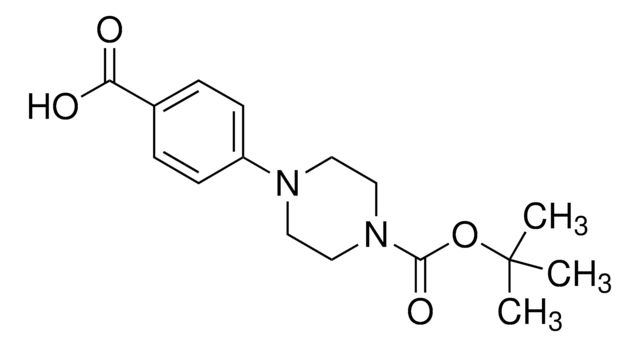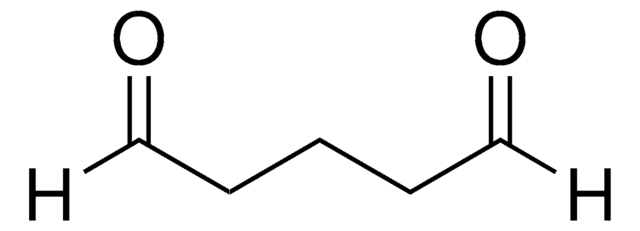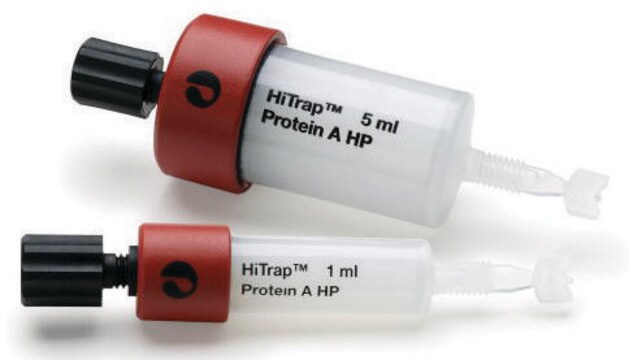AB10618
Anti-BAL Antibody
Chemicon®, from rabbit
Synonym(s):
B-aggressive lymphoma
Sign Into View Organizational & Contract Pricing
Select a Size
All Photos(1)
Select a Size
Change View
About This Item
UNSPSC Code:
12352203
eCl@ss:
32160702
NACRES:
NA.41
Recommended Products
biological source
rabbit
Quality Level
antibody form
affinity isolated antibody
antibody product type
primary antibodies
clone
polyclonal
species reactivity
human
manufacturer/tradename
Chemicon®
technique(s)
immunoprecipitation (IP): suitable
western blot: suitable
NCBI accession no.
UniProt accession no.
General description
BAL (B-aggressive lymphoma) is a novel risk-related gene that is expressed at significantly higher levels in fatal high-risk diffuse large B-cell lymphomas (DLB-CL) than in cured low-risk tumors. The major BAL cDNA encodes a 88 kDa nuclear protein. BAL-overexpressing B-cell lymphoma transfectants have significantly higher rates of migration than vector-only transfectants, indicating that the risk-related BAL gene promotes malignant B-cell migration.
Specificity
Reactivity has been confirmed in with human Farage non-Hodgkin′s B-cell lymphoma and human BC-1 B-lymphocyte lymphoma lysates.
Recognizes BAL.
Immunogen
Synthetic peptide derived from the C-terminal region of the short isoform of human BAL protein (B-aggressive lymphoma, poly (ADP-ribose) polymerase family member 9, PARP9).
Application
Anti-BAL Antibody is an antibody against BAL for use in IP & WB.
Research Category
Apoptosis & Cancer
Epigenetics & Nuclear Function
Apoptosis & Cancer
Epigenetics & Nuclear Function
Research Sub Category
Tumor Markers
Transcription Factors
Tumor Markers
Transcription Factors
Western blotting: 1-3 μg/mL
Immunoprecipitation: 7 μg/ reaction
Immunoprecipitation: 7 μg/ reaction
Physical form
Format: Purified
ImmunoAffinity Purified
This polyclonal antibody is supplied in 400 μL of phosphate buffered saline (pH 7.4) containing 0.1% sodium azide.
Storage and Stability
Store at -20°C in undiluted aliquots for 1 year from date of shipment.
Other Notes
Concentration: Please refer to the Certificate of Analysis for the lot-specific concentration.
Legal Information
CHEMICON is a registered trademark of Merck KGaA, Darmstadt, Germany
Disclaimer
Unless otherwise stated in our catalog or other company documentation accompanying the product(s), our products are intended for research use only and are not to be used for any other purpose, which includes but is not limited to, unauthorized commercial uses, in vitro diagnostic uses, ex vivo or in vivo therapeutic uses or any type of consumption or application to humans or animals.
Not finding the right product?
Try our Product Selector Tool.
Storage Class Code
10 - Combustible liquids
WGK
WGK 2
Flash Point(F)
Not applicable
Flash Point(C)
Not applicable
Certificates of Analysis (COA)
Search for Certificates of Analysis (COA) by entering the products Lot/Batch Number. Lot and Batch Numbers can be found on a product’s label following the words ‘Lot’ or ‘Batch’.
Already Own This Product?
Find documentation for the products that you have recently purchased in the Document Library.
BAL is a novel risk-related gene in diffuse large B-cell lymphomas that enhances cellular migration.
R C Aguiar et al.
Blood, 96(13), 4328-4334 (2000-12-09)
Clinical risk factor models such as the International Prognostic Index are used to identify diffuse large B-cell lymphoma (DLB-CL) patients with different risks of death from their diseases. To elucidate the molecular bases for these observed clinical differences in outcome
Samia B Bachmann et al.
Molecular cancer, 13, 125-125 (2014-06-03)
Prostate cancer (PCa) is one of the leading causes of cancer-related mortality and morbidity in the aging male population and represents the most frequently diagnosed malignancy in men around the world. The Deltex (DTX)-3-like E3 ubiquitin ligase (DTX3L), also known
Junji Xing et al.
Nature communications, 12(1), 2681-2681 (2021-05-13)
Innate immune cells are critical in protective immunity against viral infections, involved in sensing foreign viral nucleic acids. Here we report that the poly(ADP-ribose) polymerase 9 (PARP9), a member of PARP family, serves as a non-canonical sensor for RNA virus
Our team of scientists has experience in all areas of research including Life Science, Material Science, Chemical Synthesis, Chromatography, Analytical and many others.
Contact Technical Service








